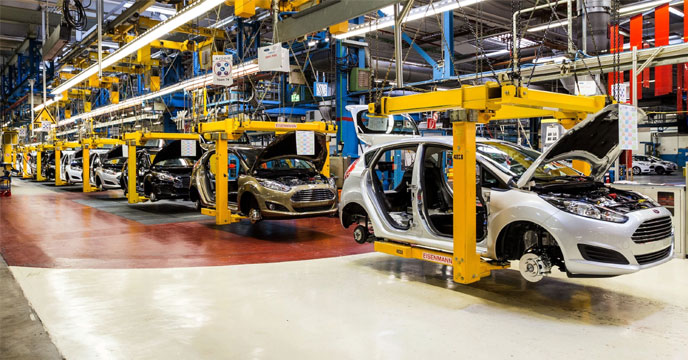Vehicle price hikes to limit impact of rising costs for auto OEMs
Although increasing input prices will impinge on near-term profitability of auto original equipment manufacturers (OEMs), they are likely to benefit from recent price hikes over the medium term as input prices normalise

Mumbai: Although increasing input prices will impinge on near-term profitability of auto original equipment manufacturers (OEMs), they are likely to benefit from recent price hikes over the medium term as input prices normalise, according to India Ratings and Research (Ind-Ra).
The reduction in steel import duty under the Union Budget 2021-22 proposal will not have any material impact on commodity prices as domestic steel prices, despite being at peak levels, are still below the landed import prices.
Also Read |
Automobile: Maruti Suzuki India to raise prices to tackle higher costs
In terms of value, metals cost directly account for 8 to 16 per cent of revenues on parts like body, chassis, powertrain, engine components and wheel rims. Additionally, metals are used in certain other components, child parts and sub-assemblies, which is difficult to quantify.
Moreover, after the implementation of BS-VI norms, the proportion of precious metals such as palladium, platinum and rhodium has also increased, thus increasing the cost of vehicles. The rising prices of these precious materials add to overall cost of vehicles.
Also Read |
Toyota hikes profit forecast 54%, shrugs off global chip supply issues
However, said Ind-Ra, it expects commodity prices to remain range-bound for the next few quarters before correcting gradually. The agency said it does not expect significant deviation in the industry EBITDA margins for FY21 from earlier expectations. At the same time, auto companies have taken measures across all line items including employee cost rationalisation, value added and value engineering to lower material cost, contract renegotiation and control on discretionary spend.
On raw materials front, companies are also increasing localisation as it reduces the exposure to forex risk and alleviates import related risk. Thus attempts to achieve a leaner cost structure should also help OEMs to partly offset the increase in raw material costs, said Ind-Ra. (ANI)
 Dynamite News
Dynamite News 